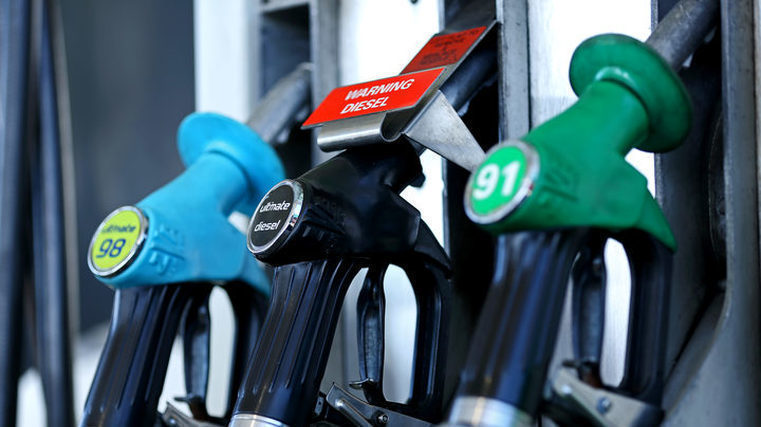Watchdog seeks fuel price answers

The Commerce Commission is asking New Zealand’s major fuel companies to explain petrol pricing anomalies that have been identified in the first year of monitoring under the new Fuel Industry Act regulatory regime.
John Small, commission chair, says the latest quarterly fuel monitoring report for the period ended March 31 has further highlighted pricing variation between cities and towns – and within individual centres.
He explains some of the pricing levels and variations are “concerning, with no clear underlying factors”.
The commission is now contacting fuel companies for further information on how they set fuel prices at different sites to determine whether the pricing can be justified based on costs or other factors.
Its latest report shows motorists in Whangarei are paying more for fuel than the other cities studied, which Small says can’t be easily explained by the data supplied to the commission.
“Marsden Point is our nearest port to major fuel sources like Singapore and South Korea, and being near the Marsden Point import terminal means higher prices can’t simply be explained by higher ocean or local transport costs. Land costs in Whangarei don’t shed any light on these prices either.
“In contrast, Hamilton is seeing some of the lowest prices in the country – another anomaly we’re wanting these major fuel companies to shine a light on.”
Small notes there are wide variations in prices both between and within cities, and these pricing differences do not appear to be explained by differences in the underlying costs.
“We’re writing to all the major fuel companies in New Zealand to ask them to please explain what we’ve seen in some of the pricing levels observed as part of our analysis feeding into quarterly fuel monitoring reports,” he says.
“In a competitive market, we’d expect to see prices at the pump reflect the cost of supplying fuel at the pump, whereas what we are seeing is retailers in some towns and cities charging a lot more for what is essentially the same product with similar cost components.”





